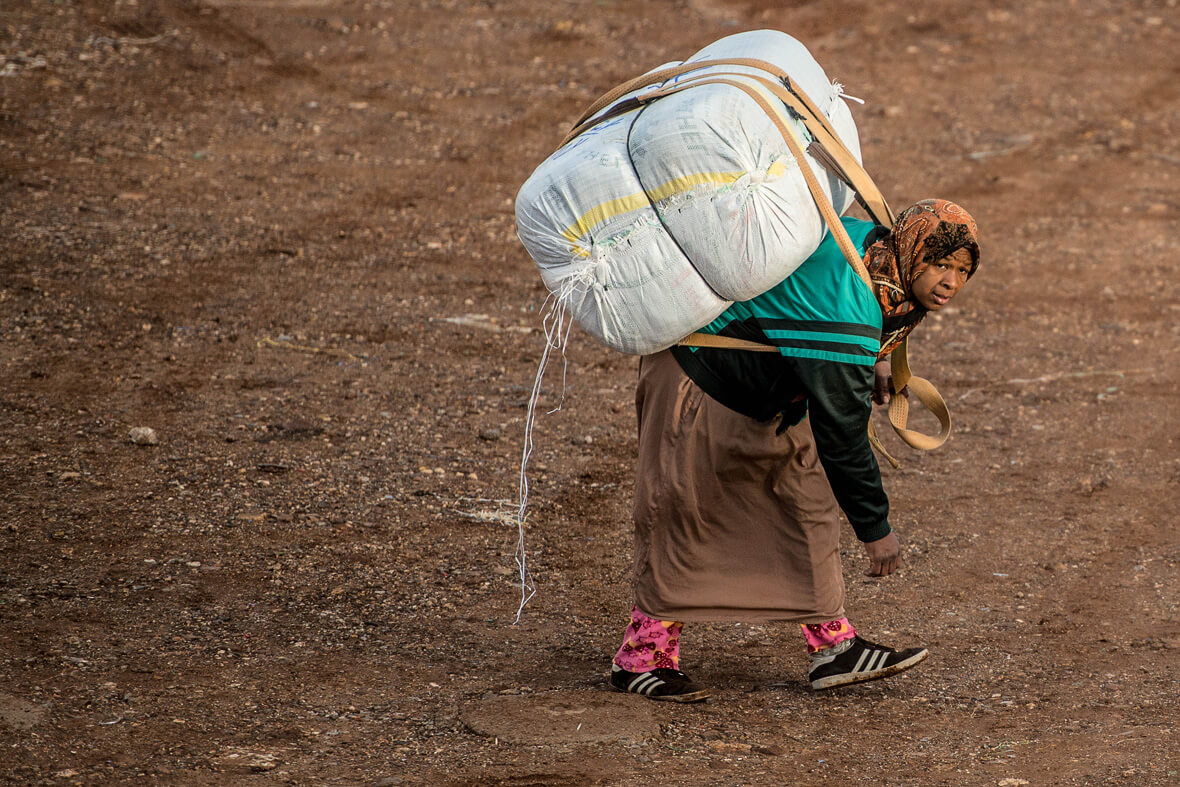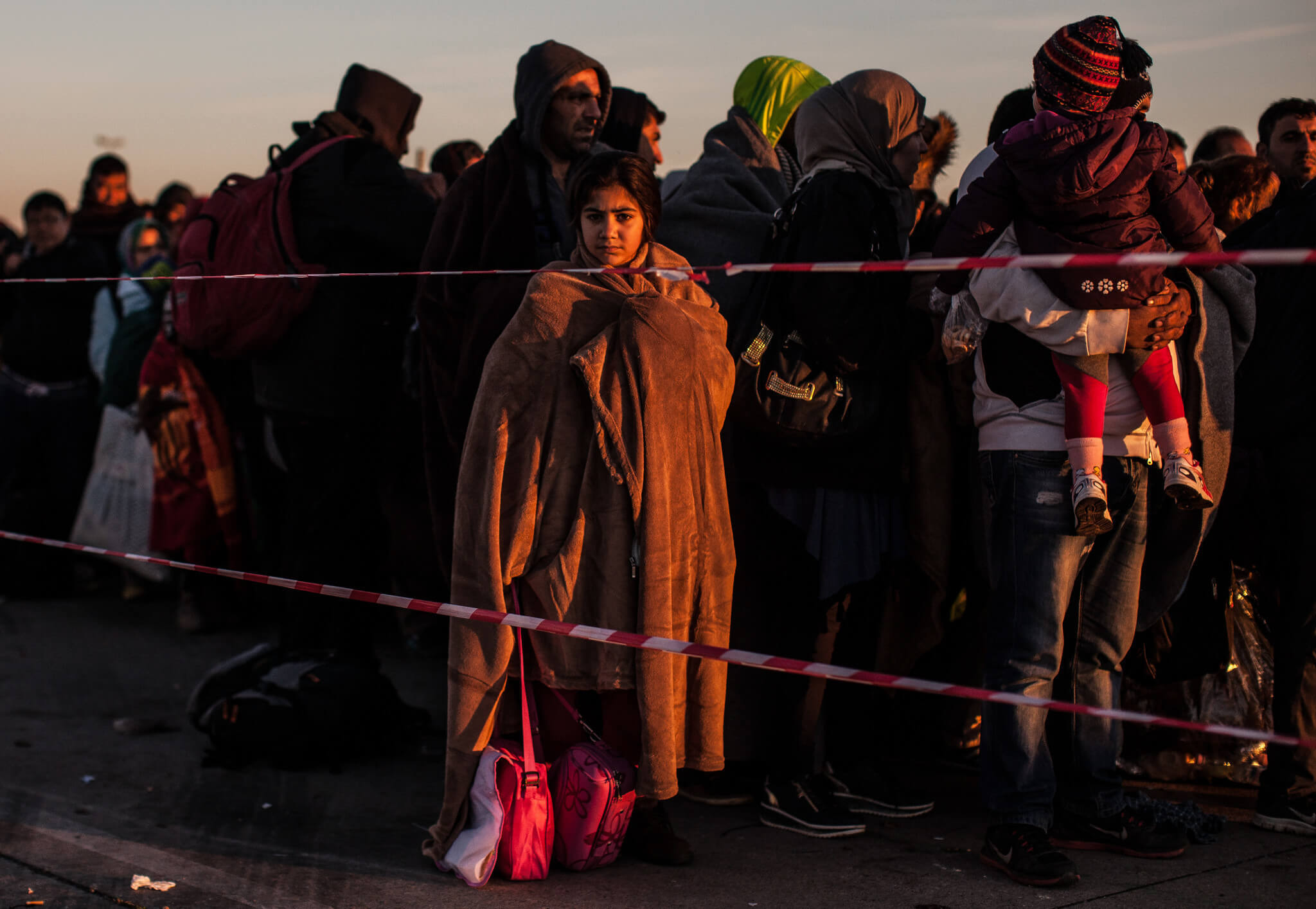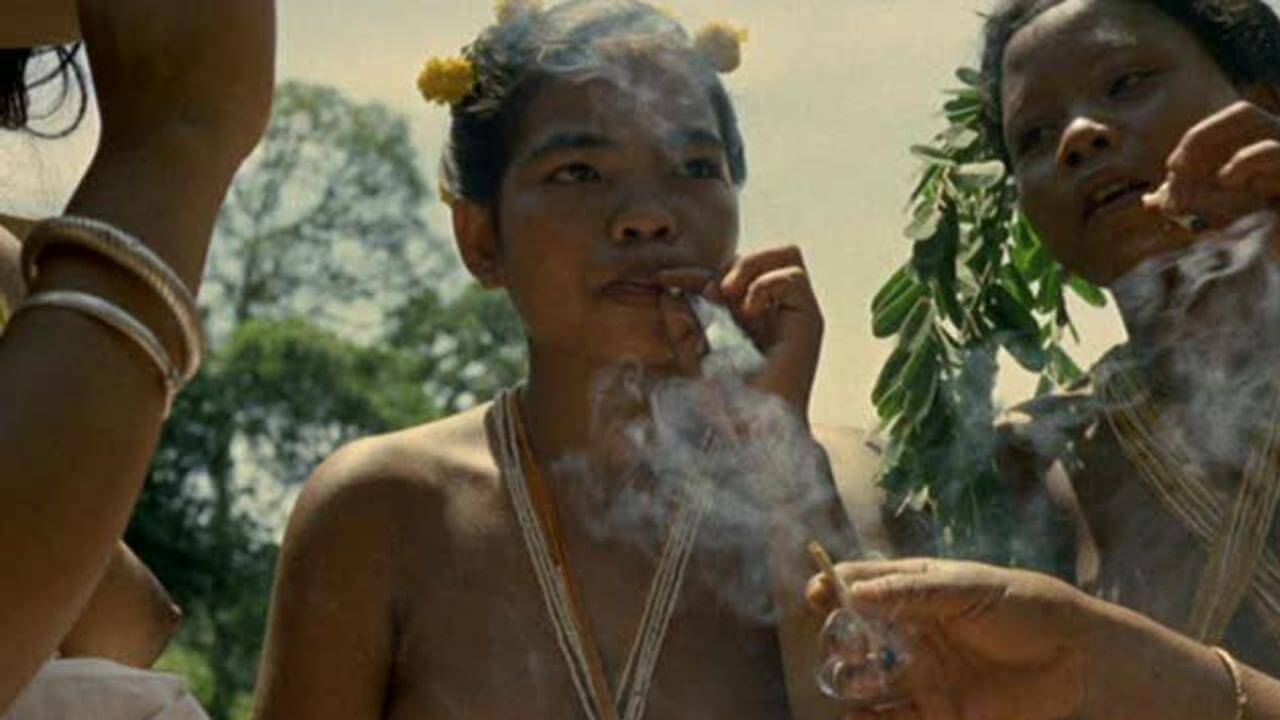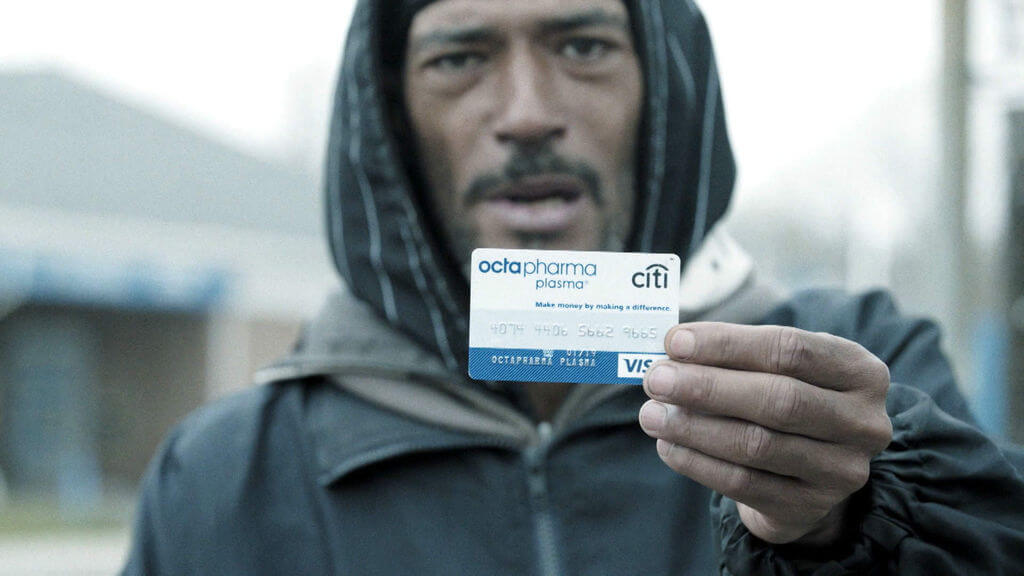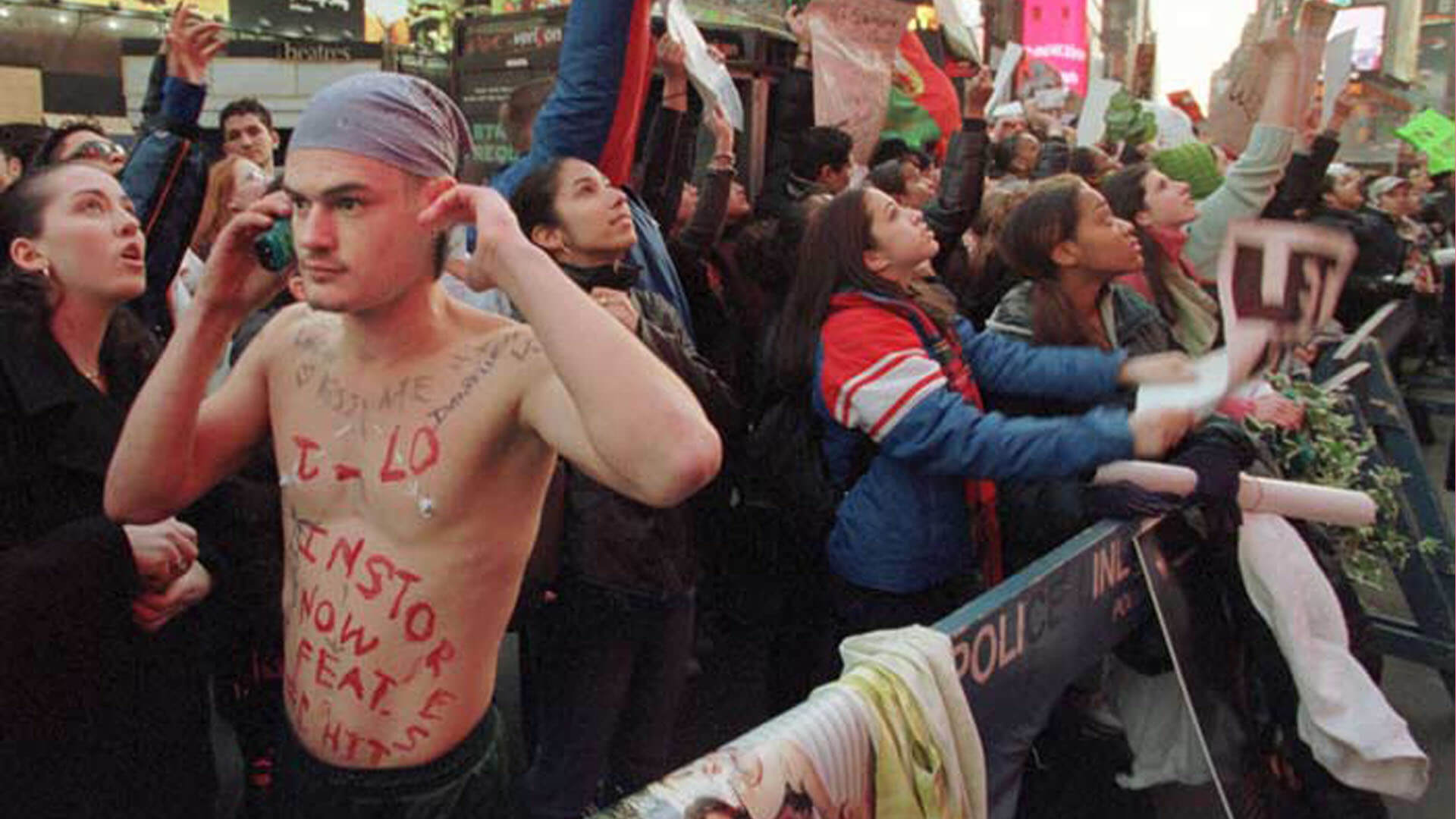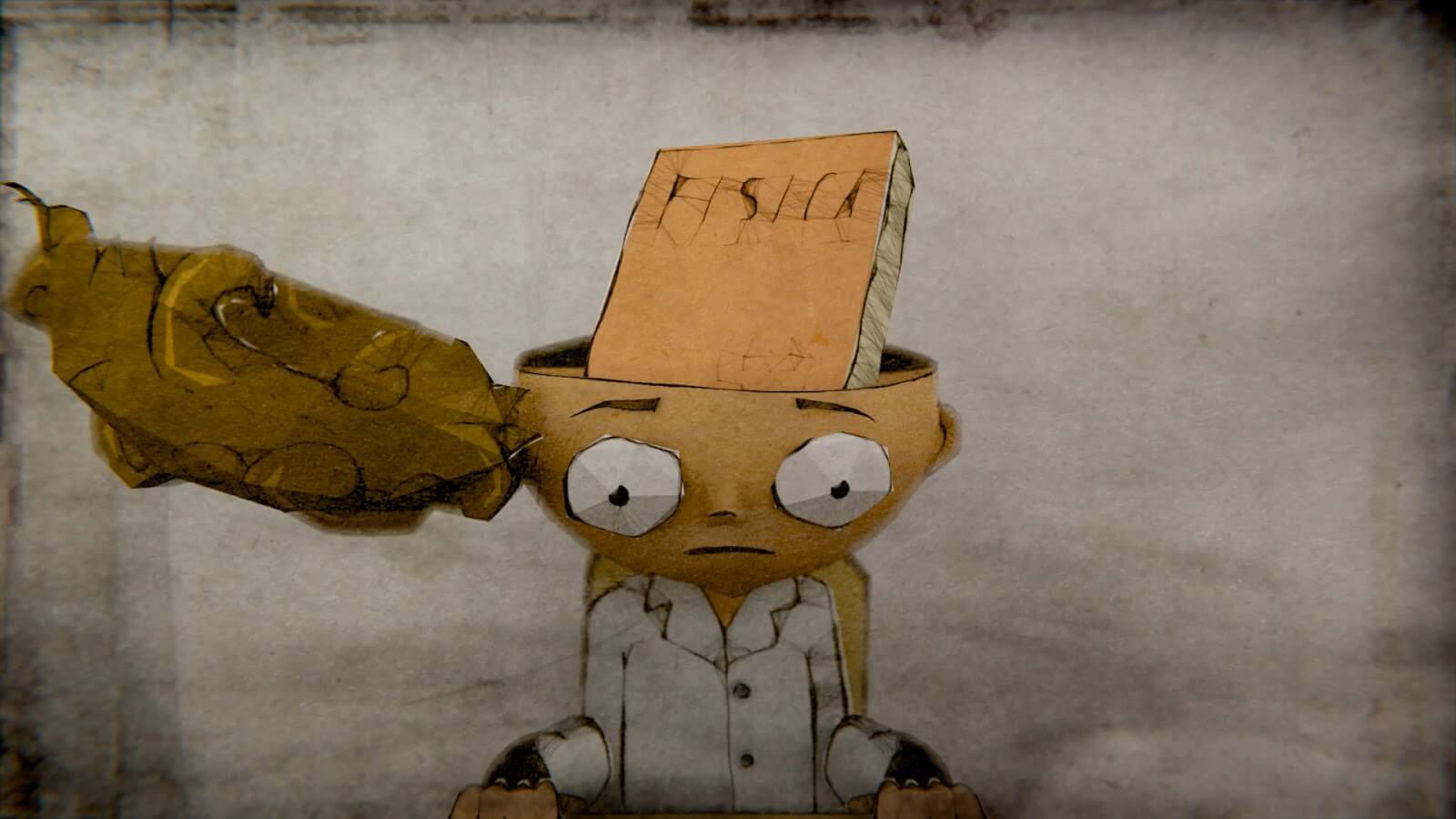description:
The Spanish semi-enclave of Melilla lives from the trade of second-hand goods. On the shoulders of Moroccan women, goods cross Europe’s southernmost border.
It’s a lucrative business for the traders, but inhumane work for the carriers. Europe’s southernmost border runs around Melilla on North Africa’s Mediterranean coast. The city of Melilla and sister city Ceuta both share a border with Morocco and attract traders and workers who cross the border every day to earn a living. For centuries Melilla, which separates Spain from Morocco, was a Spanish colony on African soil. After Morocco gained independence Melilla remained Spanish, but even today the enclave is not recognized by the Kingdom of Morocco. Moroccan citizens can take parcels weighing up to 70 kilos through the Barrio Chino border crossing as duty-free “hand luggage” almost unchecked. Melilla is part of Spain, but doesn’t belong to the European Customs Union. The duty-free transport of goods is actually illegal, but it is tolerated as long as only hand luggage is involved – irrespective of the weight. Nora El Koukhou is one of the human mules who cart the heavy goods across the border between Spain and Morocco on their backs or on skateboards. As long as the goods are in contact with their bodies, they remain tax and duty-free. It’s a perfidious but very lucrative business for the traders and one of Melilla’s most important sources of income. But the workers – including more and more young people, as well as the old and the sick – hardly profit from this at all. They work under precarious conditions, and if the border crossings close unexpectedly early, goods traffic backs up. Carriers like Nora struggle to survive, and merchants like Mohammed Abdelkader are stuck with their goods. At the interface between Africa and Europe, the fences are getting higher and higher, but the police cannot stop the informal trade in Melilla. The border patrol force monitors the goods traffic on the border between Spain and Morocco. The documentary follows Moroccan “mule” Nora to the Barrio Chino crossing and observes the complex schemes taking place on Europe’s southernmost border.

